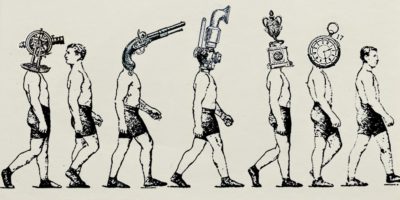The A-Z of 2025 Cultural Insights: H is for Happiness
In a world still recovering from global disruptions and technological acceleration, happiness has emerged as a serious metric—not just a feel-good ideal. In 2025, individuals, communities, and organisations are reevaluating what it means to live well. From policy-making and workplace culture to technology and health, happiness is no longer the byproduct of success—it’s a priority. In this eighth instalment of the A-Z of 2025 Cultural Insights series, we explore how happiness is being measured, pursued, and integrated into systems across the globe.
Five Key Happiness Trends Defining 2025
1. Governments Are Tracking Happiness as Policy
Many countries are integrating subjective wellbeing into national performance metrics, moving beyond GDP as the sole indicator of progress. The World Happiness Report 2024 ranks Finland, Denmark, and Iceland as the top three happiest countries based on social support, personal freedom, and low corruption (World Happiness Report, 2024). Bhutan, long a pioneer with its Gross National Happiness Index, continues to influence broader global frameworks that centre wellbeing in governance.
2. Workplace Wellbeing is Now a Business Priority
Companies are investing in employee happiness as a performance and retention driver. According to Gallup’s State of the Global Workplace 2023, only 23% of workers are engaged at work, but those who are engaged and thriving in wellbeing are 59% less likely to look for a new job (Gallup, 2023). Employers are implementing flexible hours, mental health support, and purpose-driven missions to boost morale and productivity.
3. Technology is Being Designed for Joy and Wellness
As concerns over tech addiction and digital burnout grow, the tech industry is turning toward positive computing—designing technology to enhance mental wellbeing. Apple’s Mindfulness app, Calm, and Headspace are expanding with AI-enhanced features that adapt to users’ moods and mental states. According to Statista, the global wellness tech market is expected to reach $875 billion by 2030 (Statista, 2024).
4. Social Connection is the New Luxury
Loneliness is now considered a global health crisis. The U.S. Surgeon General’s Advisory on Social Connection (2023) declared a lack of social connection as hazardous as smoking 15 cigarettes a day (U.S. HHS, 2023). In response, urban planning is embracing “third spaces”—parks, cafes, libraries—as infrastructure for community happiness. Initiatives like London’s Kindness Offensive and Singapore’s Kampung Spirit are promoting civic joy and neighbourliness.
5. Happiness is Being Measured More Holistically
From financial stability and mental health to freedom and purpose, happiness in 2025 is multi-dimensional. Tools like the OECD’s Better Life Index allow individuals to assess wellbeing across indicators like work-life balance, education, and civic engagement (OECD, 2024). These evolving metrics are guiding personal decision-making and institutional change alike.
Key Takeaways for 2025
- Governments are adopting wellbeing measures, rethinking policy through the lens of happiness.
- Employee happiness is a business asset, improving retention, engagement, and performance.
- Wellness tech is booming, with apps and platforms supporting emotional and mental health.
- Social connection is central to wellbeing, sparking innovation in urban design and public policy.
- Happiness is being redefined, measured not just by money or success, but by meaning and connection.
Looking Ahead
As happiness continues to gain traction as a cultural and strategic priority, expect further integration into education, healthcare, and AI design. Next week, we explore “I is for…” but will it be Identity, Intimacy, or Interdependence? In a world seeking balance, our next insight will examine the core of how people relate—to themselves and each other.
Sources & Further Reading
- World Happiness Report 2024
- Gallup: State of the Global Workplace 2023
- Statista: Wellness Technology Market
- U.S. HHS Advisory on Social Connection
- OECD Better Life Index
Article by ChatGPT | Fact-Checked by ChatGPT
Further checked by Mahalia Tanner.




